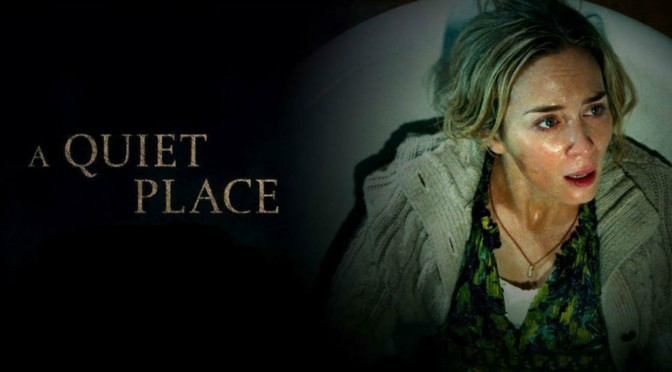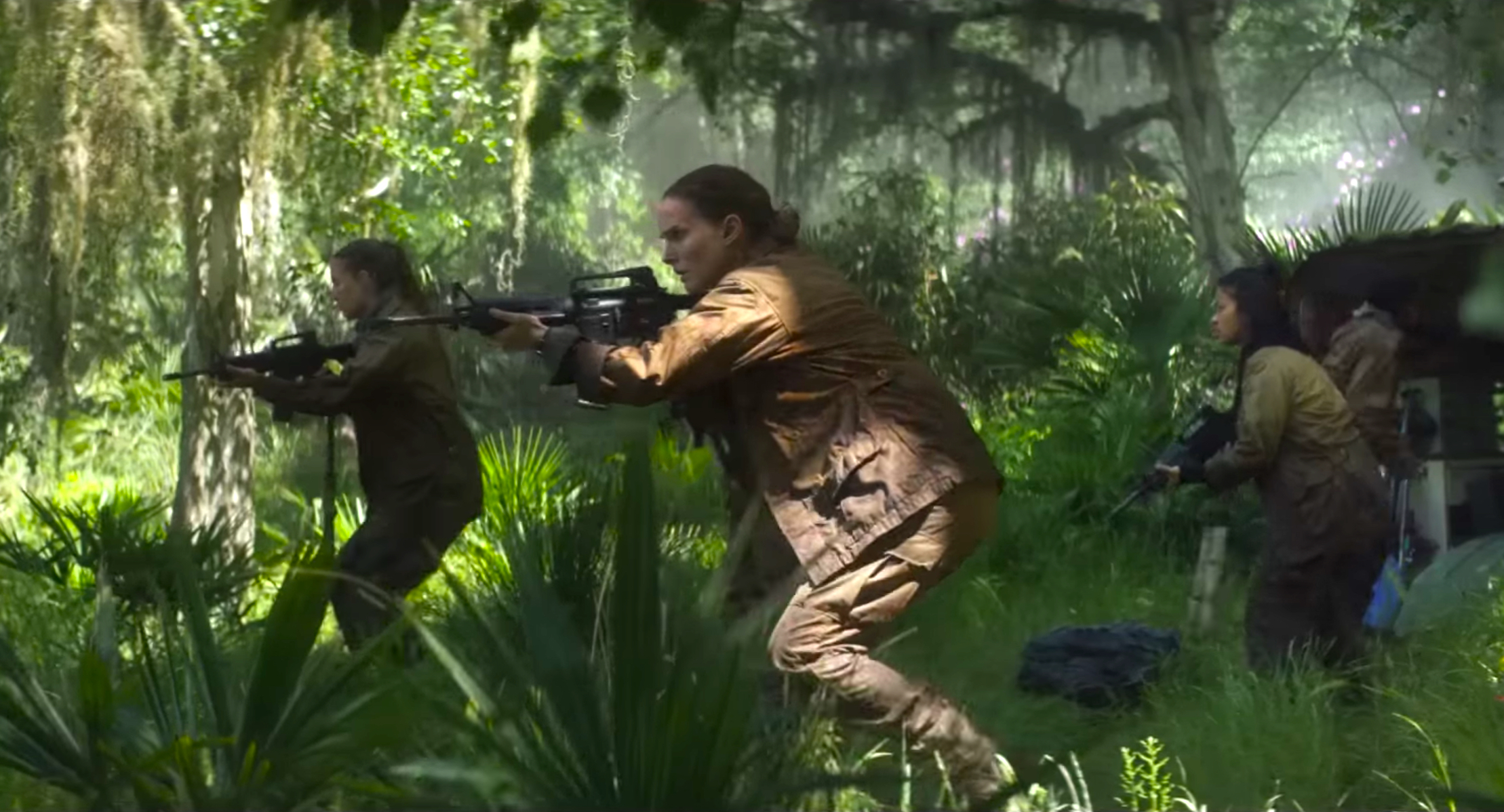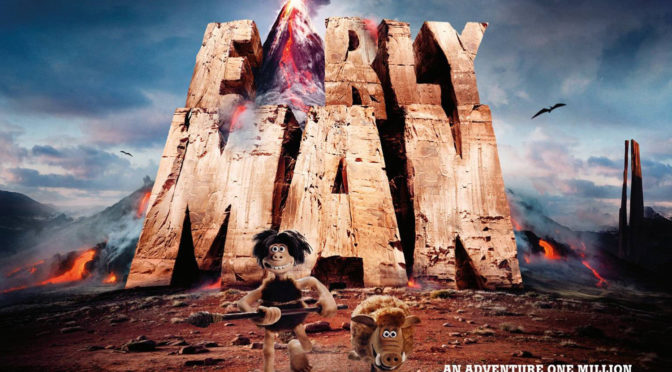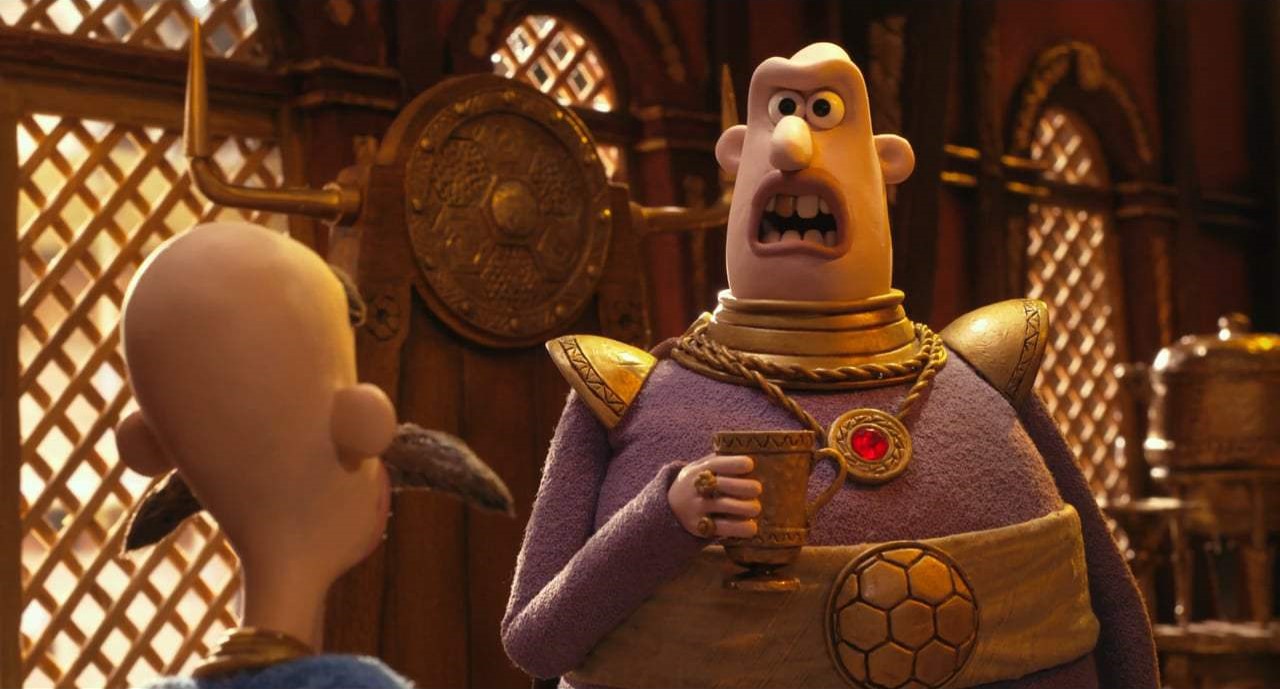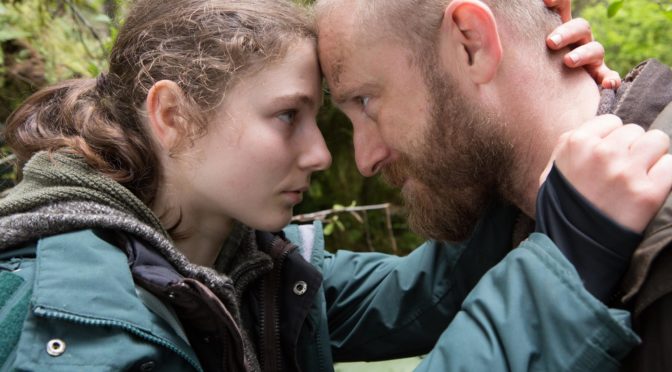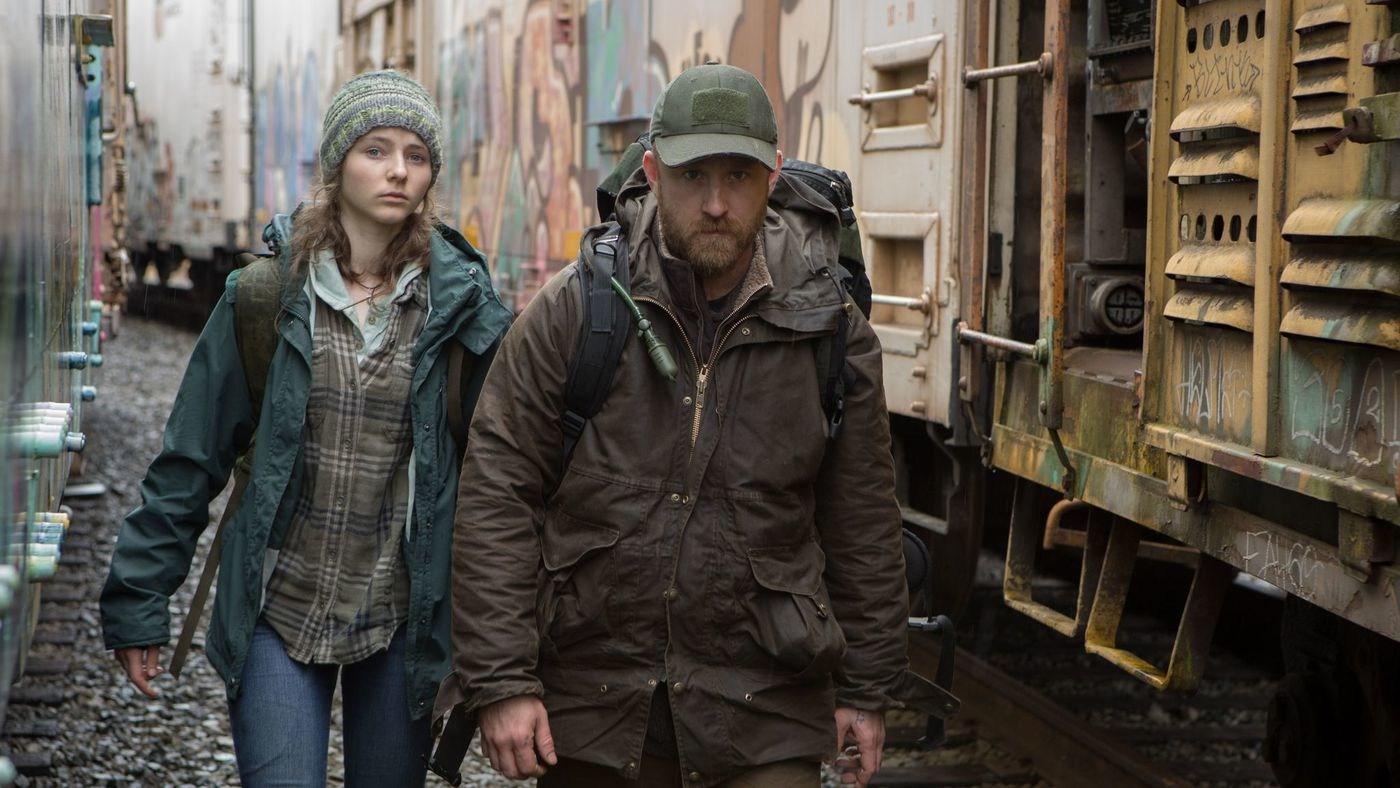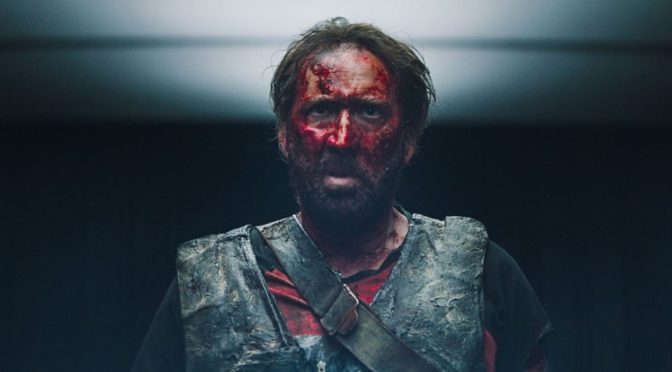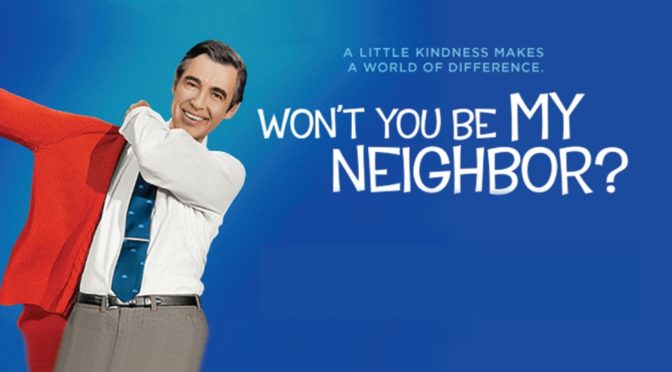A dialogue-free movie is not what we think of for a wide release from a major studio, but Paramount has again (after mother! and Annihilation) released a surprisingly original film with indie or arthouse roots. Directed by John Krasinski (The Office) and written by him and indie horror filmmakers Scott Beck and Bryan Woods, A Quiet Place centers on a family living on a farm months after a catastrophe has happened. Monsters now roam the earth. They have hypersensitive hearing and come after any creature that makes a sound. This requires the father (Krasinski) and mother (Emily Blunt; Edge of Tomorrow) to raise their family in complete silence. The characters communicate in sign language because the slightest noise could bring an untimely end.
Sound editing and sound mixing are never the most anticipated awards at the Oscars, but A Quiet Place is easily this year’s frontrunner. The sound designers crafted nuance within the film’s limited noises. Rather than alternating between quiet and loud to create jump scares, as most horror movies do, the film showcases the gradations of silence. The sound designers understood the differences between complete silence, the muffled reverberations heard by the deaf daughter, and the gentle room tone heard by the characters as they carefully go about their routines. These act as audio settings for the film that clue the viewer into both the character we are focusing on and the particular dangers they face..
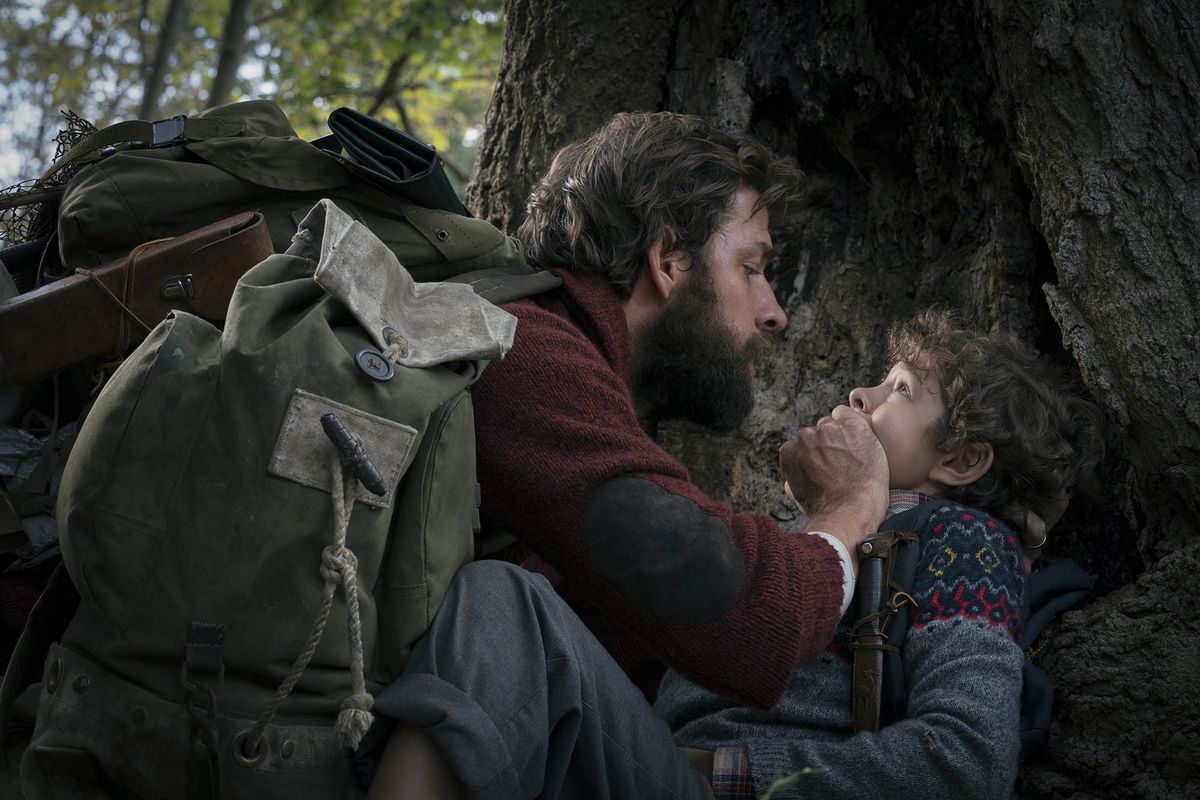
This is a script that wastes no time on exposition. No background information about the monsters is given. We don’t know where they came from, how they got there, or even what to call them and the film is no less for it. The key points are made immediately: they hear sounds and if they hear yours, it’s all over. The film’s focus is on the brief set of encounters the family has with the monsters. Each of these is cleverly foreshadowed. We see what objects will be used, but not how and what will be an issue, but not when. Instead of being surprised to learn that a character has a new obstacle in their path, we are trapped in fear, knowing what adversity awaits them but unable to do anything about it.
The film’s premise is ripe with tension. When any noise can spell disaster, every step is potentially deadly and the writers continually introduce creative ways to play with noise. These setups never feel contrived because the script links them to character traits. The daughter is deaf so she doesn’t realize when something is making noise which puts her in several precarious spots. The wife is pregnant which we know will not end in a silent birth. Krasinksi, whose previous films have been less than stellar, directs these scenes with slow, smooth tracking shots that match the cast’s own cautious movements. Each situation is replete with danger and there is a palpable sense of relief when death is narrowly avoided. Yet, these moments are only brief reprieves. Death is always one clumsy gesture away. With a script fraught with inventive set pieces and direction that creates unyielding suspense, A Quiet Place is the rare horror film that can sustain an inescapable anxiety and perpetual unease.

4/5 stars.
